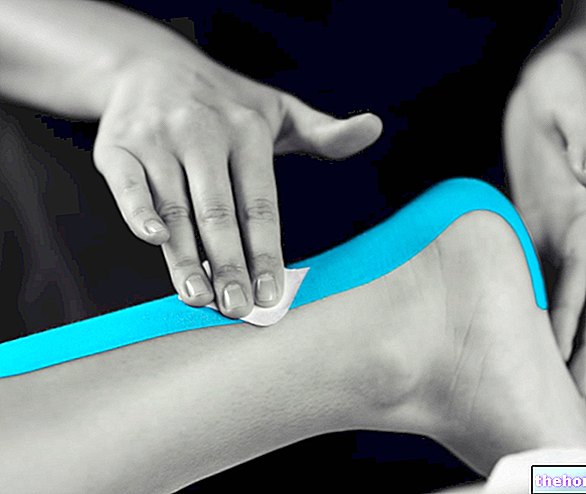Generality
Knee valgus is an anatomical deformity of the lower limbs, in the presence of which the knees point towards each other.

Causes of valgus knee include: the inadequacy of some muscles of the hip (the buttocks) and thigh (the vastus medialis, the semimembranosus and the semitendinosus), a reduced ability to dorsiflexion of the ankle and, finally, a predisposition anatomical to the problem in question.
Mild forms of valgus knee are asymptomatic and have no repercussions in everyday life; the more severe forms, on the other hand, are generally painful and responsible for various complications, affecting the ligaments of the knee, the lateral meniscus of the knee, etc.
As a rule, the diagnosis of valgus knee is immediate and is based on the simple observation of the lower limbs.
People with valgus knees are treated only when the deformity they carry is responsible for symptoms irreconcilable with a normal life.




























